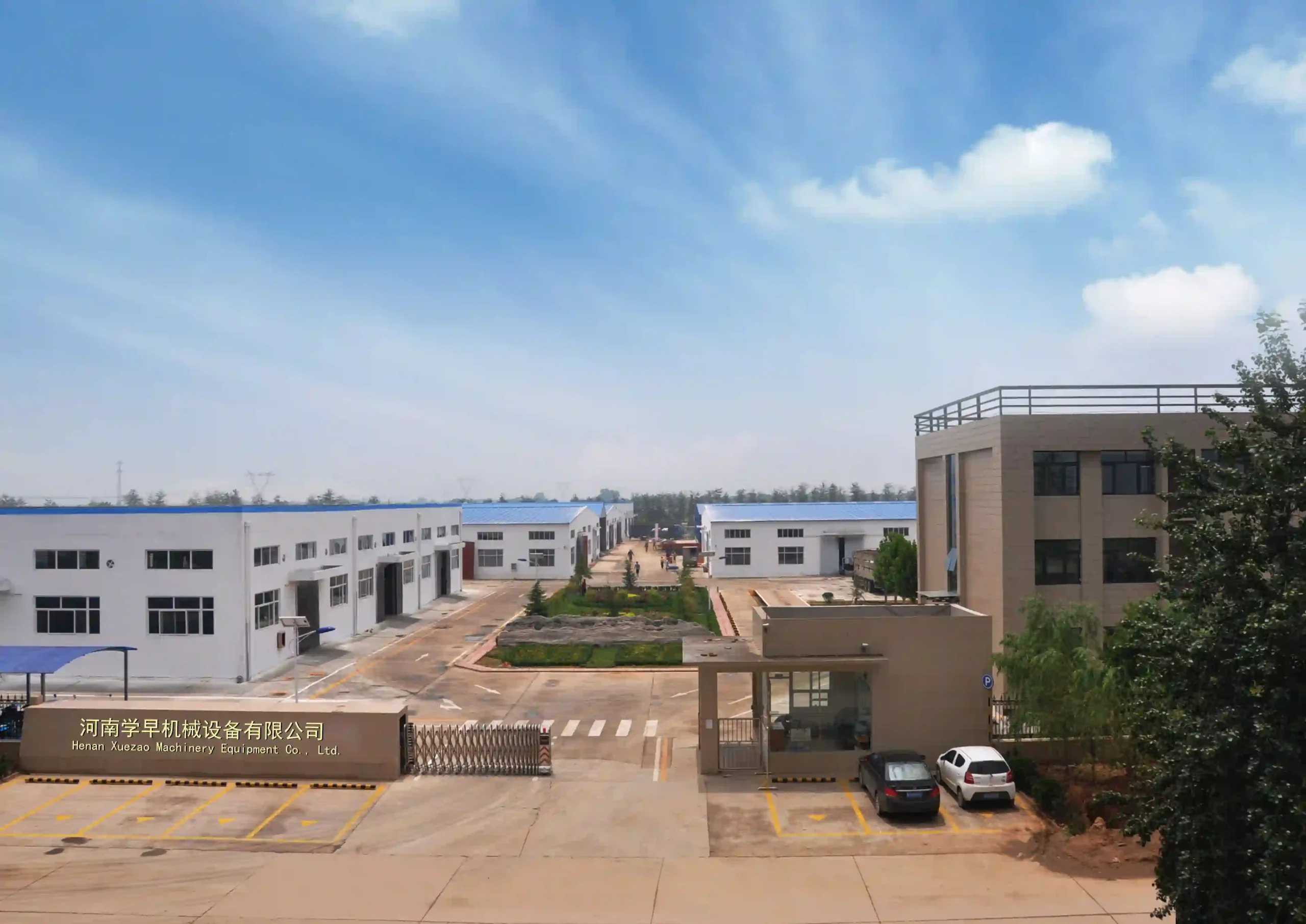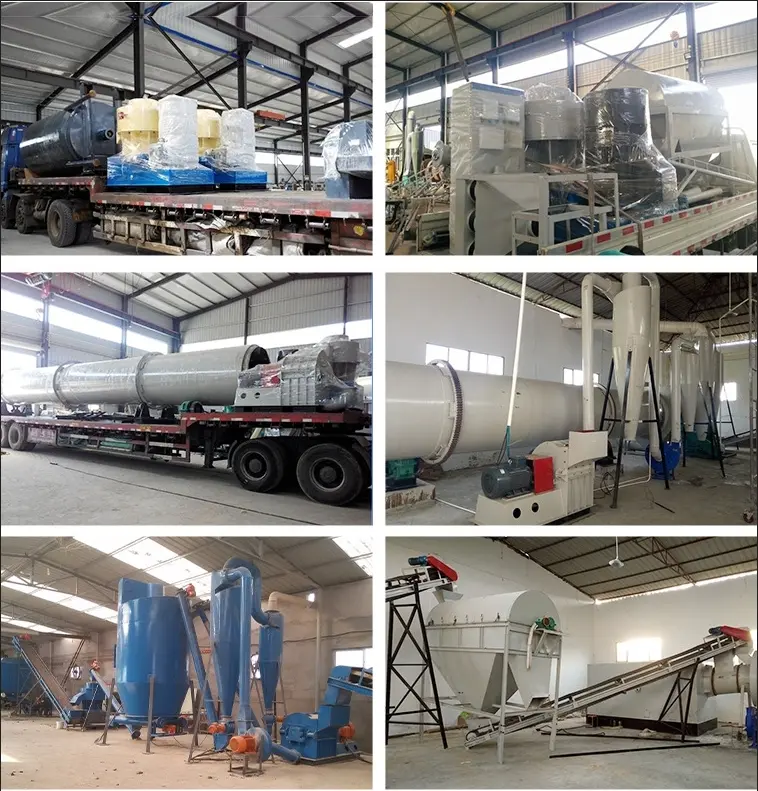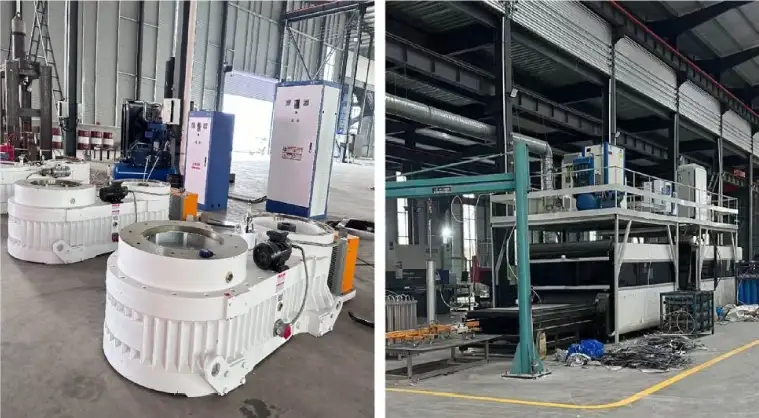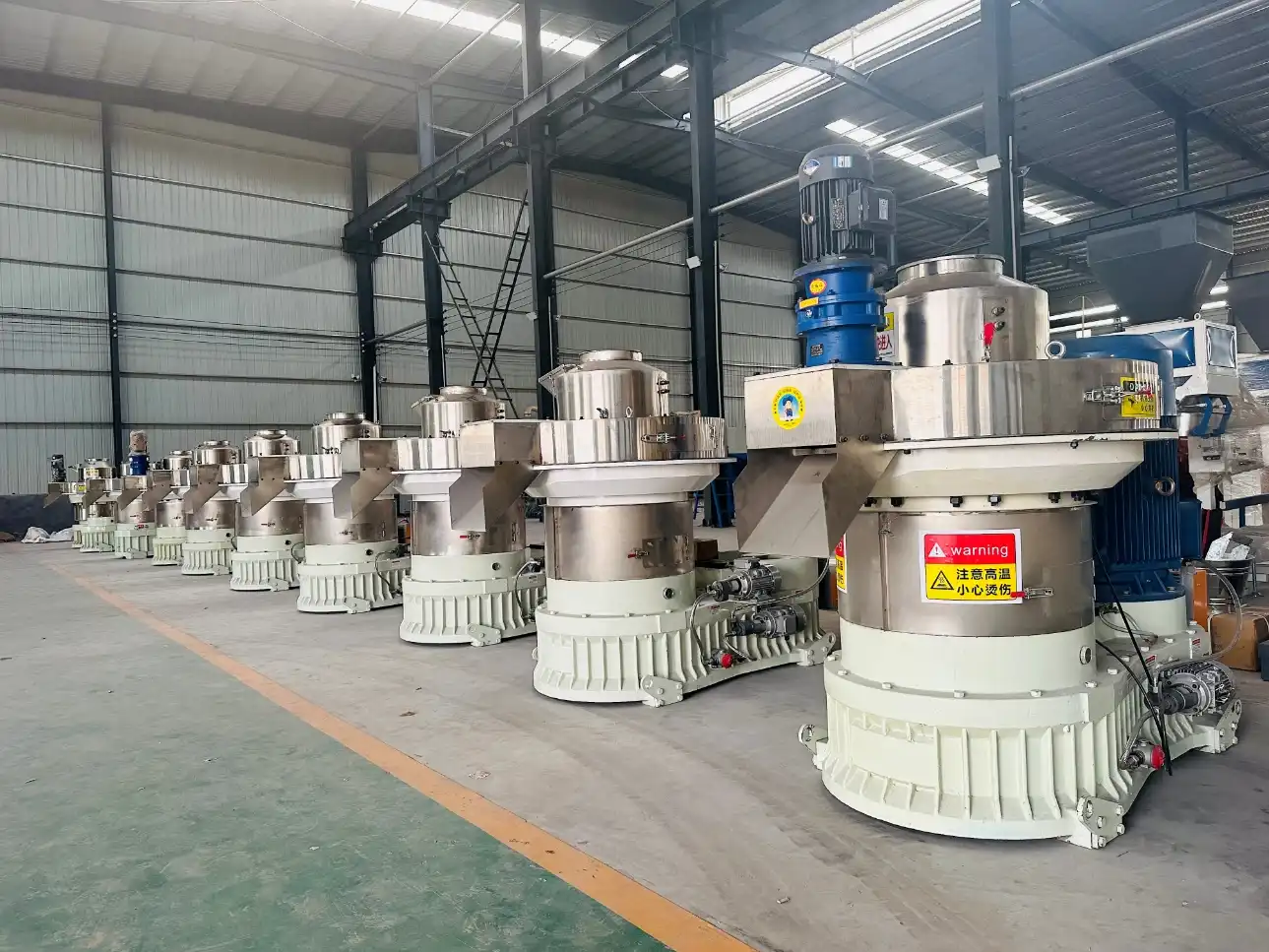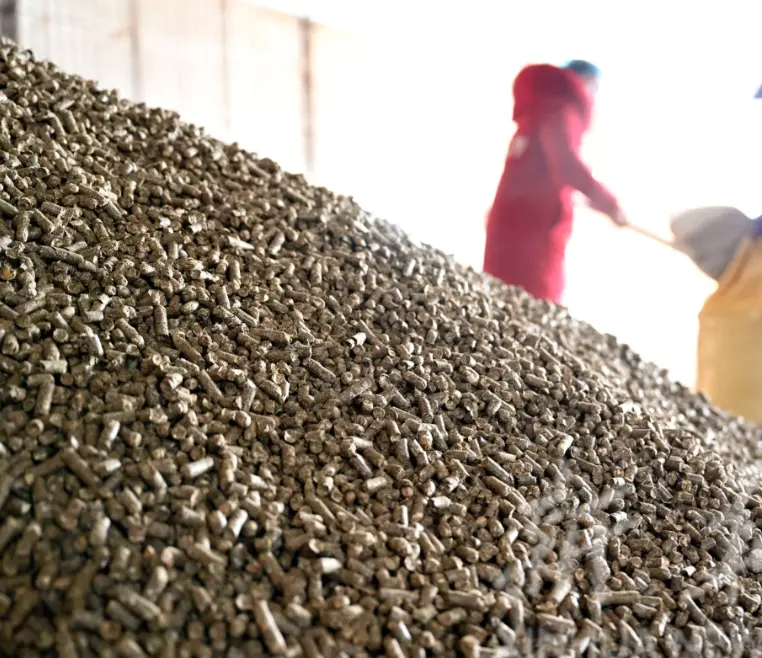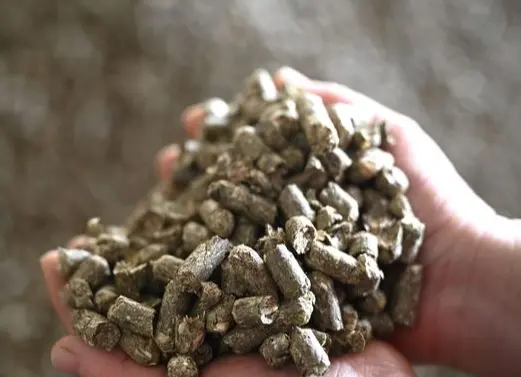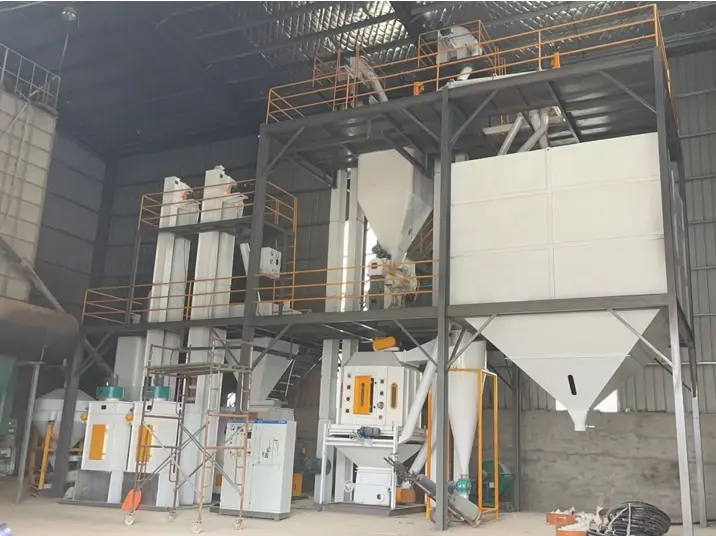
Animal Bedding Pellet Maker
Crafting Animal Bedding Pellets: A Comprehensive GuideAnimal bedding pellets, often overlooked, offer a unique solution for livestock comfort. These pellets, akin to wood pellets, undergo meticulous processes in pellet mills—grinding, drying, pelletizing—to meet specific parameters:
– Raw Materials: Primarily pine shavings and sawdust, distinct from fuel pellet sources.
– Characteristics: Diameter ranges from 8-10 mm, with lengths of 10-40 mm, boasting low water content (around 8%) and high absorbency (approximately 400%).
Unlike fuel pellets, animal bedding sources avoid hardwoods like black walnut or red maple due to toxicity risks. Even softwoods like cedar might pose allergy threats to animals, demanding careful material selection.
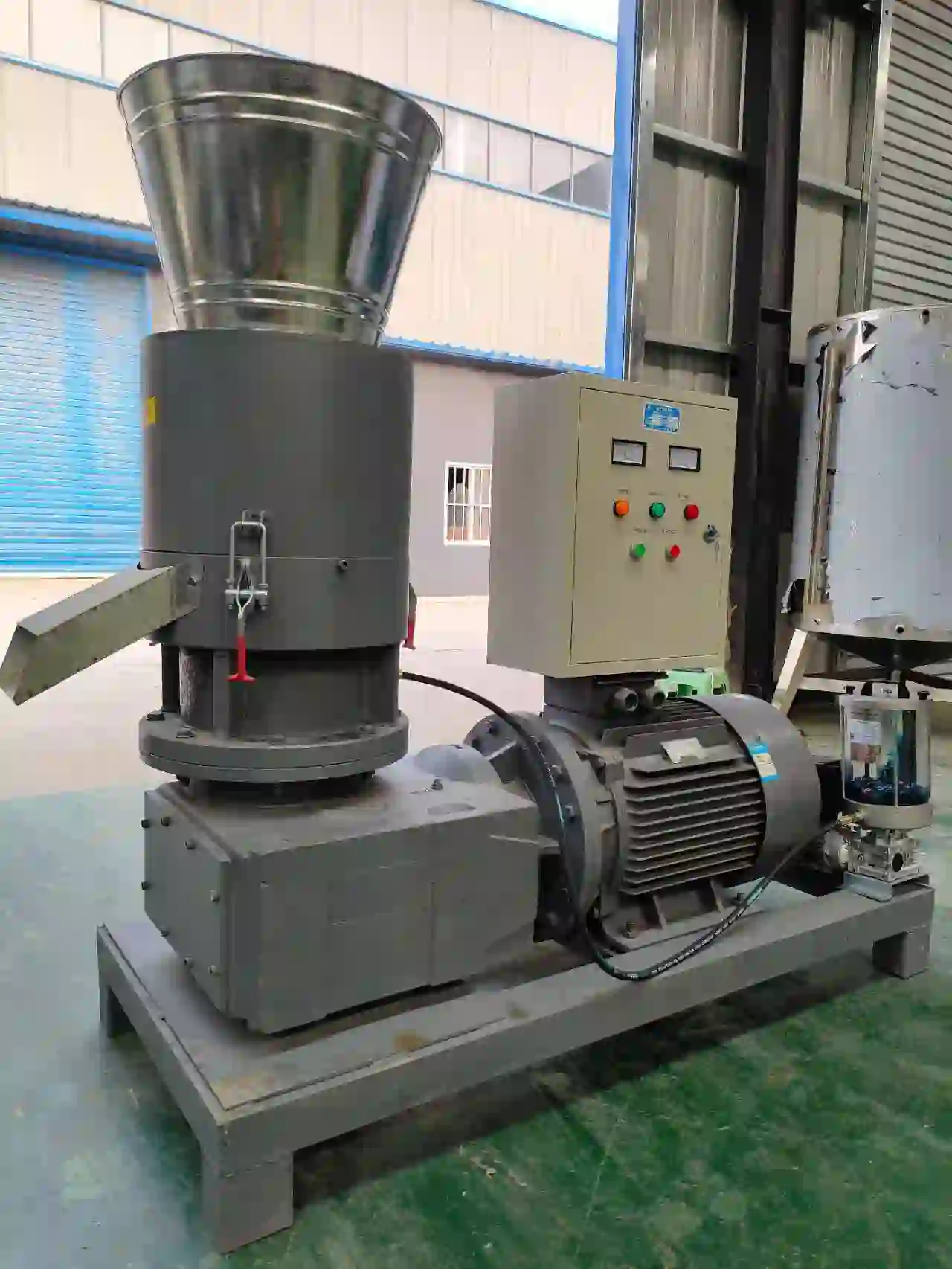
Advantages Over Traditional Bedding:
1. Absorbency: Pellets excel, absorbing four times their weight, minimizing waste.
2. Environmental Edge: Derived from forestry byproducts, they’re eco-friendly and ease waste disposal.
3. Odor Control: Superior absorption curbs unpleasant smells from animal waste.
4. Fertilizing Value: Efficient decomposition makes them valuable for fertilizer production.
5. Health Benefits: Reduced dust curtails respiratory issues, while low moisture prevents various animal diseases.
6. Time Efficiency: Cleanup reduces to a mere five minutes per day compared to conventional methods.
7. Convenience: Compact packaging allows easy storage and transport.

Bedding Pellet Maker:
– Quantity: Generally, 10-12 kg per square meter, adaptable based on climate and animal habits.
– Maintenance: Remove waste daily, replenishing every 7-15 days as needed.
Application Steps:
1. Clean the area thoroughly before adding pellets to prevent contamination.
2. Dampen pellets slightly and spread evenly in stalls or cages after softening.
Animal bedding pellets provide a cozy, odor-free, and bacteria-free environment, crucial for animals’ well-being and caretakers’ convenience. Proper usage ensures a healthy habitat. Yet, it’s imperative not to confuse these with fuel pellets for optimal functionality.
